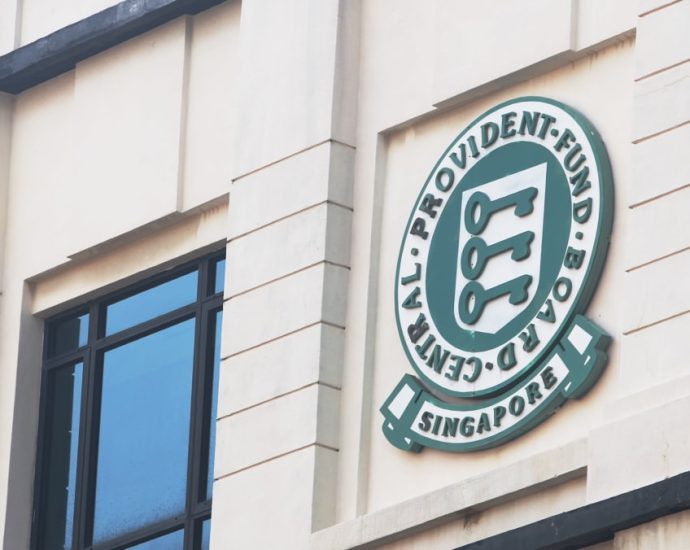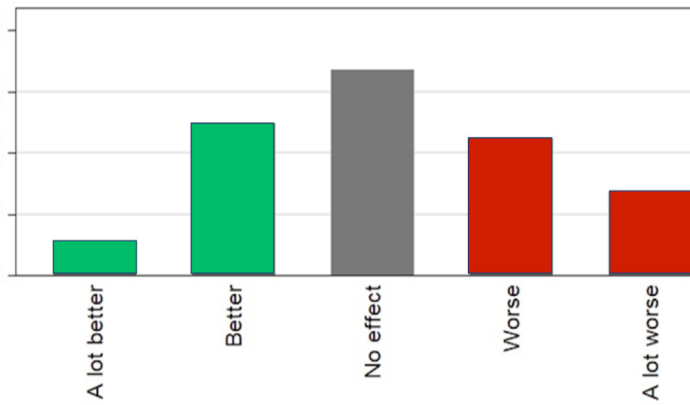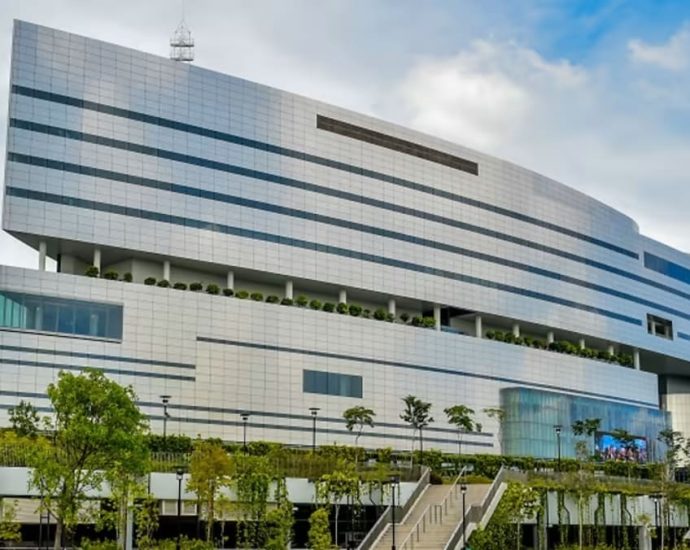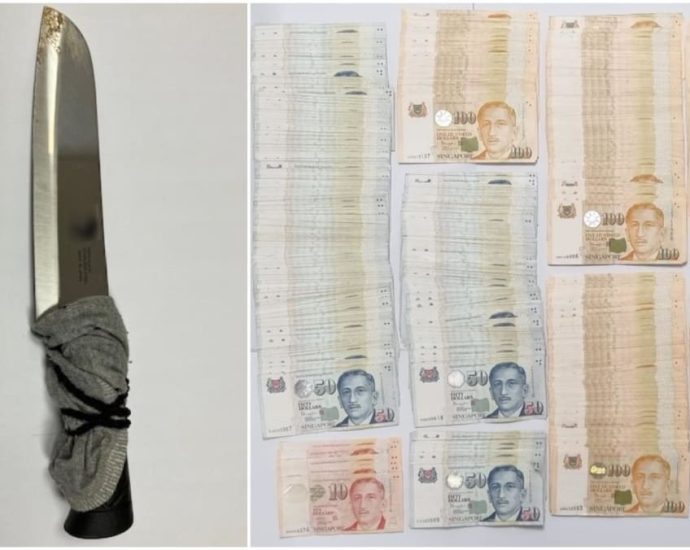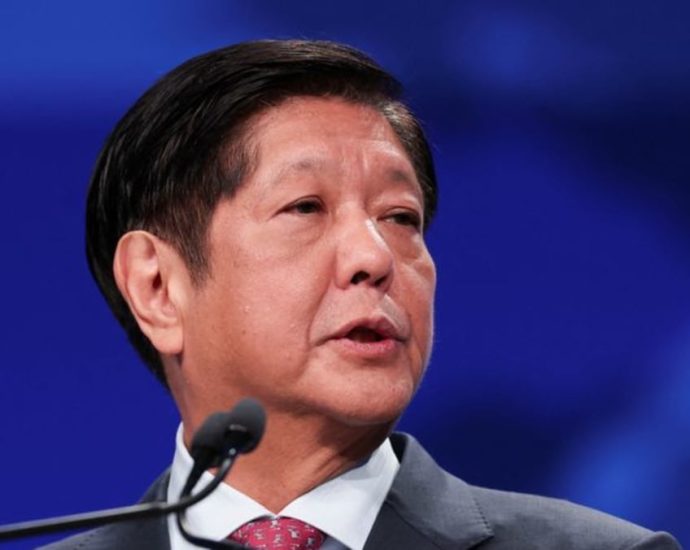Tech college student shot dead
PUBLISHED : 20 Nov 2023 at 11:43

A teenage vocational college student wearing his school uniform was shot dead in Dusit district on Monday morning. Witnesses said his four attackers fled on motorcycles.
The murder occurred on Soi Ranong 2 Road in front of Kornkaew Montessori School. The victim was 16 years old and a second-year student at Dusit Technical College, which is on the same road.
The slain student was shot in his chest and died on the spot. Police found a pen gun at the scene.
The victim’s friends said he was attacked by four men on two motorcycles without licence plates. They fled along Rama V Road.
The street killing came a week after a teacher was killed by a stray bullet when a vocational student was shot in Klong Toey district.


